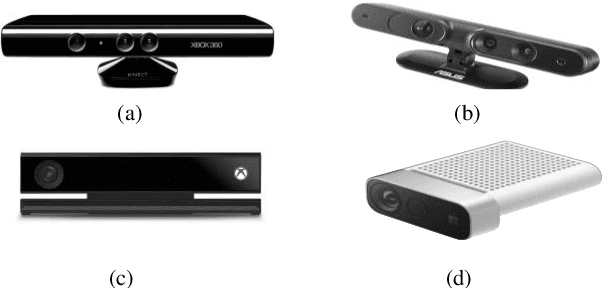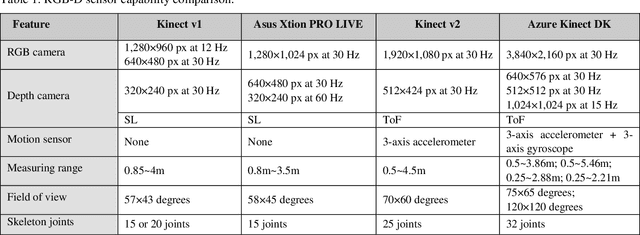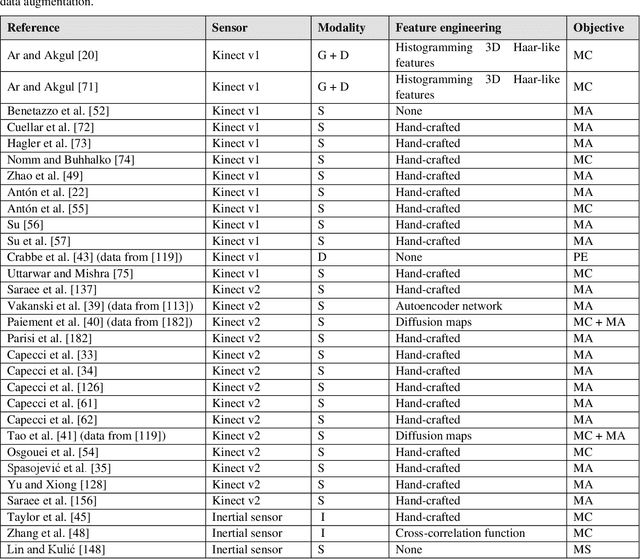Yalin Liao
Anomaly Detection via Autoencoder Composite Features and NCE
Feb 04, 2025



Abstract:Unsupervised anomaly detection is a challenging task. Autoencoders (AEs) or generative models are often employed to model the data distribution of normal inputs and subsequently identify anomalous, out-of-distribution inputs by high reconstruction error or low likelihood, respectively. However, AEs may generalize and achieve small reconstruction errors on abnormal inputs. We propose a decoupled training approach for anomaly detection that both an AE and a likelihood model trained with noise contrastive estimation (NCE). After training the AE, NCE estimates a probability density function, to serve as the anomaly score, on the joint space of the AE's latent representation combined with features of the reconstruction quality. To further reduce the false negative rate in NCE we systematically varying the reconstruction features to augment the training and optimize the contrastive Gaussian noise distribution. Experimental assessments on multiple benchmark datasets demonstrate that the proposed approach matches the performance of prevalent state-of-the-art anomaly detection algorithms.
Expressibility-Enhancing Strategies for Quantum Neural Networks
Nov 23, 2022Abstract:Quantum neural networks (QNNs), represented by parameterized quantum circuits, can be trained in the paradigm of supervised learning to map input data to predictions. Much work has focused on theoretically analyzing the expressive power of QNNs. However, in almost all literature, QNNs' expressive power is numerically validated using only simple univariate functions. We surprisingly discover that state-of-the-art QNNs with strong expressive power can have poor performance in approximating even just a simple sinusoidal function. To fill the gap, we propose four expressibility-enhancing strategies for QNNs: Sinusoidal-friendly embedding, redundant measurement, post-measurement function, and random training data. We analyze the effectiveness of these strategies via mathematical analysis and/or numerical studies including learning complex sinusoidal-based functions. Our results from comparative experiments validate that the four strategies can significantly increase the QNNs' performance in approximating complex multivariable functions and reduce the quantum circuit depth and qubits required.
A Review of Computational Approaches for Evaluation of Rehabilitation Exercises
Mar 20, 2020



Abstract:Recent advances in data analytics and computer-aided diagnostics stimulate the vision of patient-centric precision healthcare, where treatment plans are customized based on the health records and needs of every patient. In physical rehabilitation, the progress in machine learning and the advent of affordable and reliable motion capture sensors have been conducive to the development of approaches for automated assessment of patient performance and progress toward functional recovery. The presented study reviews computational approaches for evaluating patient performance in rehabilitation programs using motion capture systems. Such approaches will play an important role in supplementing traditional rehabilitation assessment performed by trained clinicians, and in assisting patients participating in home-based rehabilitation. The reviewed computational methods for exercise evaluation are grouped into three main categories: discrete movement score, rule-based, and template-based approaches. The review places an emphasis on the application of machine learning methods for movement evaluation in rehabilitation. Related work in the literature on data representation, feature engineering, movement segmentation, and scoring functions is presented. The study also reviews existing sensors for capturing rehabilitation movements and provides an informative listing of pertinent benchmark datasets. The significance of this paper is in being the first to provide a comprehensive review of computational methods for evaluation of patient performance in rehabilitation programs.
* 29 pages, 1 figure
 Add to Chrome
Add to Chrome Add to Firefox
Add to Firefox Add to Edge
Add to Edge